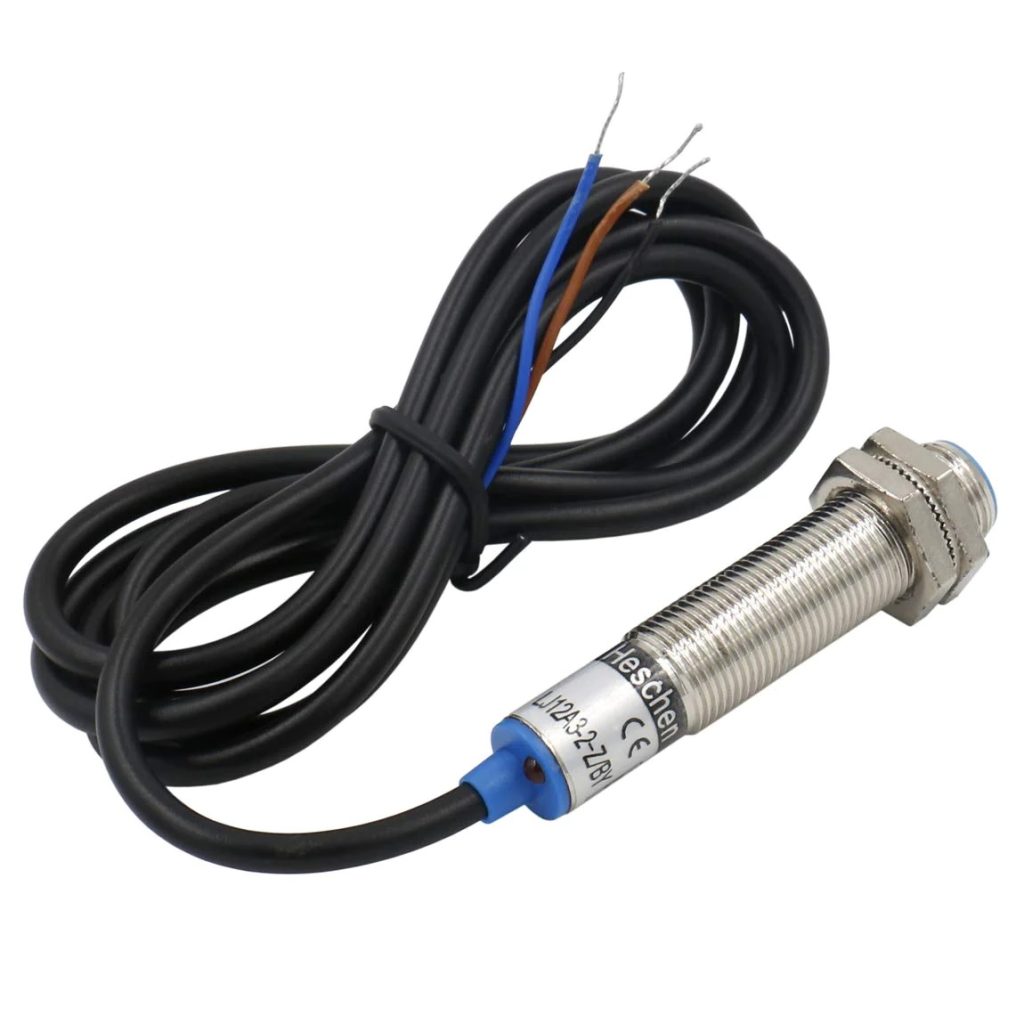In the realm of modern technology, proximity sensors serve as the unblinking eyes of countless machines, transforming the way they interact with the world. These remarkable devices are the unsung heroes of automation and robotics, fundamentally changing the way we engage with our environment. Proximity sensors are the conduits through which machines perceive the world, enabling them to respond with precision and accuracy to the objects and obstacles that surround them. Proximity sensors come in various forms, utilizing a range of techniques to detect the presence, absence, or proximity of objects. Among the most common are inductive sensors, capacitive sensors, ultrasonic sensors, and infrared sensors. Each type offers unique capabilities and is employed across a wide spectrum of applications. Inductive sensors, for example, rely on electromagnetic fields to detect the presence of conductive materials, making them indispensable in industrial environments for tasks such as object detection and metal detection.

Ultrasonic sensors utilize sound waves to measure the distance between the sensor and an object, a technique that finds extensive use in robotics, automotive collision avoidance systems, and even healthcare devices. Infrared sensors, sensitive to the heat emitted by objects, are deployed in everything from home automation systems to security devices. One of the most significant applications of proximity sensors lies in the automotive industry. Proximity sensors play a pivotal role in advanced driver-assistance systems ADAS, helping vehicles navigate the roads with an unprecedented level of safety. These sensors monitor the proximity of surrounding vehicles, pedestrians, and obstacles, providing real-time data to the vehicle’s control systems. The data is then used to trigger actions like automatic braking or steering adjustments, significantly reducing the risk of accidents of inductive proximity sensor. In the manufacturing sector, proximity sensors are the linchpin of the Fourth Industrial Revolution, or Industry 4.0, which emphasizes automation, data exchange, and smart manufacturing.
Robots equipped with proximity sensors can perform intricate tasks with precision, even in complex and dynamic environments, thus streamlining production processes and enhancing overall efficiency. Beyond the realm of industry and transportation, proximity sensors have made inroads into our daily lives. In smartphones, for instance proximity sensor company, these sensors are responsible for screen activation during calls when you bring the device close to your ear. They are also found in public restrooms, enabling touchless flushing and water faucets, promoting hygiene and reducing the risk of disease transmission. Proximity sensors have, in this way, contributed to the preservation of our health and the environment. In conclusion, proximity sensors represent a remarkable convergence of technology and human ingenuity. They have become the eyes of the machines, elevating the efficiency, safety, and convenience of various industries and daily life. Whether it is the self-driving car that safely navigates our streets or the smartphone that responds to our touchless gestures, proximity sensors are the unheralded heroes that make it all possible.


 While the slipper bathtub’s design is visually captivating, its true allure lies in the unparalleled comfort it offers. The high-back design not only supports your back and neck but also cradles your body in a way that encourages relaxation. This ergonomic design is perfect for unwinding after a long day or indulging in a spa-like experience. The slipper bathtub is available in various sizes to accommodate different bathroom spaces and individual preferences. Whether you desire a petite, space-saving option for a cozy bathroom or a larger, more opulent model for a master suite, you can find a slipper bathtub that suits your needs. In addition to its design and comfort, the slipper bathtub also allows for versatile bathing experiences. Some models are equipped with whirlpool jets for a soothing massage, while others have air jets that create a gentle and bubbly soak. This versatility means you can customize your bathing experience to match your mood and requirements.
While the slipper bathtub’s design is visually captivating, its true allure lies in the unparalleled comfort it offers. The high-back design not only supports your back and neck but also cradles your body in a way that encourages relaxation. This ergonomic design is perfect for unwinding after a long day or indulging in a spa-like experience. The slipper bathtub is available in various sizes to accommodate different bathroom spaces and individual preferences. Whether you desire a petite, space-saving option for a cozy bathroom or a larger, more opulent model for a master suite, you can find a slipper bathtub that suits your needs. In addition to its design and comfort, the slipper bathtub also allows for versatile bathing experiences. Some models are equipped with whirlpool jets for a soothing massage, while others have air jets that create a gentle and bubbly soak. This versatility means you can customize your bathing experience to match your mood and requirements. Whether you desire discreet drawers for hiding remote controls and magazines, open shelving for displaying collectibles, or built-in trays for serving drinks and snacks, your coffee table can become a functional and stylish storage unit, enhancing both form and function. Finishing touches, such as the color and finish, are the final strokes of your artistic masterpiece. The choice of stain, paint, or lacquer can bring out the unique character of the wood or accentuate the material you have chosen. Whether you prefer a natural, rustic look or a glossy, contemporary feel, the finishing details make your custom coffee table truly coffee table manufacturers. Craft Your Perfect Coffee Table Masterpiece is an invitation to unleash your inner designer, transforming a mundane piece of furniture into an exceptional work of art that reflects your personality and style. With limitless options for materials, shapes, storage, and finishes, you can create a coffee table that is not only functional but also an expression of your individuality, setting the tone for the entire room. Craft your perfect coffee table masterpiece and watch it become the centerpiece of your living space, a conversation starter, and a symbol of your unique design sensibilities.
Whether you desire discreet drawers for hiding remote controls and magazines, open shelving for displaying collectibles, or built-in trays for serving drinks and snacks, your coffee table can become a functional and stylish storage unit, enhancing both form and function. Finishing touches, such as the color and finish, are the final strokes of your artistic masterpiece. The choice of stain, paint, or lacquer can bring out the unique character of the wood or accentuate the material you have chosen. Whether you prefer a natural, rustic look or a glossy, contemporary feel, the finishing details make your custom coffee table truly coffee table manufacturers. Craft Your Perfect Coffee Table Masterpiece is an invitation to unleash your inner designer, transforming a mundane piece of furniture into an exceptional work of art that reflects your personality and style. With limitless options for materials, shapes, storage, and finishes, you can create a coffee table that is not only functional but also an expression of your individuality, setting the tone for the entire room. Craft your perfect coffee table masterpiece and watch it become the centerpiece of your living space, a conversation starter, and a symbol of your unique design sensibilities. Practice and Experiment: Practice your mixing skills regularly and be open to experimentation. Do not be afraid to try unconventional techniques to achieve unique sounds.
Practice and Experiment: Practice your mixing skills regularly and be open to experimentation. Do not be afraid to try unconventional techniques to achieve unique sounds.